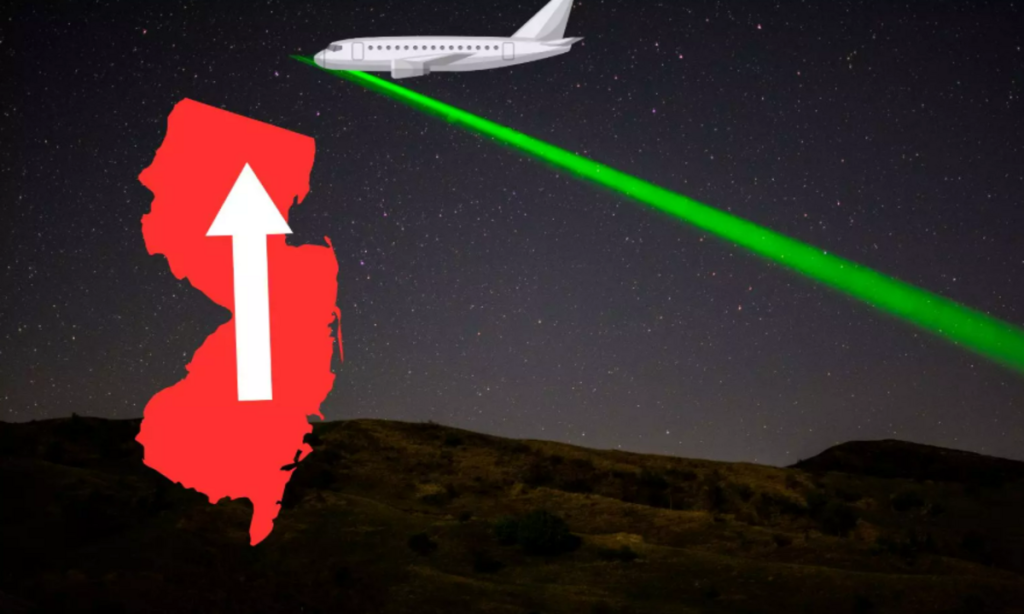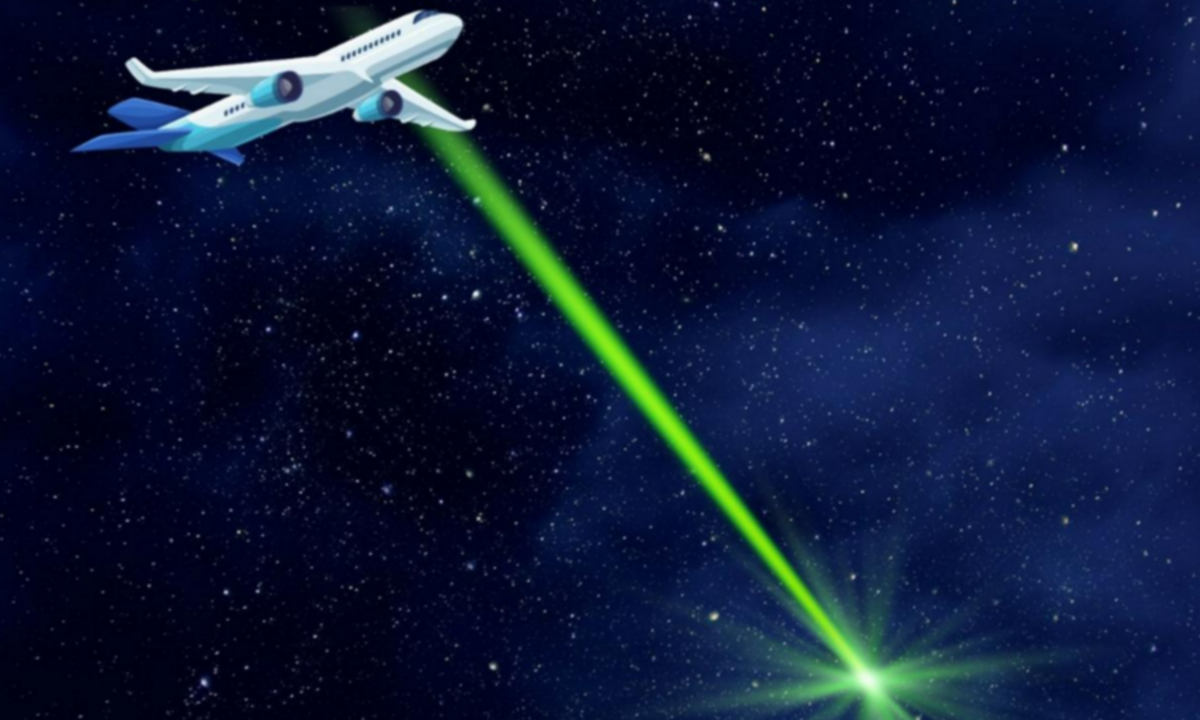In December 2024, a 27-year-old man from Colts Neck, New Jersey, was charged with aiming a laser pointer at an aircraft he mistakenly believed to be a drone. This incident is part of a concerning trend where individuals, frustrated by numerous drone sightings, have taken matters into their own hands, leading to dangerous and illegal actions.
The Incident
According to Acting U.S. Attorney Vikas Khanna, the accused used a laser pointer from his home’s deck on December 12, 2024. Around 8 p.m., a plane flying near Colts Neck reported a green laser beam striking its underside at an altitude of 2,500 feet. The aircraft’s pilot and co-pilot, both federal agents, observed the laser hitting their plane twice. Utilizing onboard cameras, they identified two individuals on the ground pointing the laser during a third strike. Air traffic controllers were notified, and local police were dispatched to the residence. Initially, the suspect denied involvement but later admitted during a subsequent interview to pointing the laser “once or twice” and disposing of the device afterward. He now faces federal charges for knowingly aiming a laser at an aircraft, an offense carrying a maximum penalty of five years in prison and a $250,000 fine.
Surge in Laser Incidents
This event highlights a broader issue in New Jersey and neighboring states. The Federal Aviation Administration (FAA) reported a 269% increase in laser incidents in New Jersey airspace between December 1 and 16, 2024, compared to the same period the previous year. Specifically, there were 59 reported laser strikes during this timeframe, a significant rise from 16 incidents in December 2023.
Many of these cases involve individuals mistakenly identifying manned aircraft as drones and attempting to interfere using laser pointers. Such actions not only pose severe risks to aviation safety but also violate federal law. The FAA emphasizes that pointing a laser at an aircraft can cause temporary blindness to pilots, jeopardizing the safety of all on board. Perpetrators face fines of up to $11,000 per violation and up to $30,800 for multiple offenses.
Authorities’ Response
In response to the surge in laser-related incidents, federal and local authorities have intensified efforts to educate the public about the dangers and legal consequences of such actions. The FBI’s Newark office and the New Jersey State Police have issued warnings against pointing lasers at aircraft or attempting to shoot down suspected drones. These agencies stress that many reported drone sightings are misidentifications of manned aircraft, satellites, or even celestial bodies like stars and planets. Taking matters into one’s own hands can lead to tragic outcomes, including potential harm to pilots and passengers. Nelson Delgado, Acting Special Agent in Charge at FBI Newark, stated, “Not only is this act against the law, but it poses an incredible danger to the pilots and passengers on those aircraft.”
Public Safety and Legal Implications
The public is urged to report any suspicious aerial activity to the appropriate authorities rather than attempting to intervene. Pointing lasers at aircraft is a federal offense with severe penalties, reflecting the seriousness of the threat to aviation safety. Beyond legal repercussions, such actions can cause significant harm. Laser beams can disorient pilots, especially during critical phases of flight like takeoff and landing, increasing the risk of accidents. The FAA and other agencies continue to monitor the situation closely, aiming to reduce the number of laser-related incidents through public awareness campaigns and strict enforcement of existing laws.
The case of the New Jersey man charged with pointing a laser at an aircraft underscores the critical need for public awareness regarding the dangers and illegality of such actions. As drone sightings become more common, individuals need to understand the proper channels for reporting concerns and the severe consequences of taking unauthorized measures. Ensuring the safety of the skies requires collective responsibility and adherence to the law.
Disclaimer—Our team has checked this article to ensure its accuracy and eliminate any misinformation. We are committed to providing clear and reliable information for our readers.


